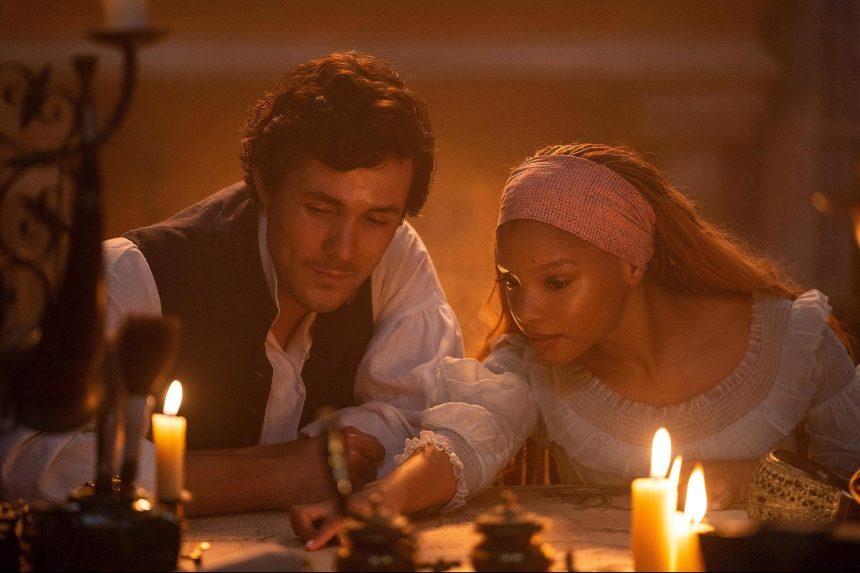The Little Mermaid, a live remake of the original 1989 Disney animated classic, was released at the start of the summer with a bang. The big-budget live-action remake passed what the original film generated, making more than $550 million in ticket sales at the worldwide box office. Young girls of color were excited to see themselves reflected on the big screen. But the film’s success was not without controversy and racist attacks, which started long before the movie even began filming.
The Little Mermaid once again reminds us of the power of storytelling and the power we as leaders have to disrupt bias and shatter stereotypes. Here are three lessons we can take from the movie.
Related: Will a Professional Mermaid’s Business Idea Sink or Swim?
1. Reimagine who is included in the world of fantasy
Disney has been on a journey to build a more inclusive culture and to focus on a diversity of representation in content. Disney launched the Reimagine Tomorrow initiative, which sets inclusion standards across Disney general entertainment and live-action studio productions. The goal is to advance representation in front of and behind the camera, in marketing and more. Disney has shared its goals and progress publicly to hold itself accountable.
We have a responsibility to remind the world that everyone deserves to be represented in fantasy. All of our children should be able to imagine themselves in made-up cultures, countries and worlds. Creating goals and tracking progress is one way to ensure that we are focused on a diversity of representation in the world of fantasy — and all types of media.
2. Stand up to the critics
When Disney released its first trailer for The Little Mermaid featuring Halle Bailey singing “Part of Your World,” the internet exploded with racist comments. On YouTube, users left more than two million dislikes, making fun of the lead actress and including a barrage of racist comments. Hashtags like #notmyariel gained traction.
Disney didn’t back down. Director Rob Marshall said, “When that controversy arose, from narrow-minded people, I thought, wow, that really feels like it’s coming from another century. Are we really still there?” From the moment it was announced Bailey was cast as Ariel, the backlash mounted. Disney stayed the course when it came to producing the movie and bringing it to market.
We can’t let racist criticism and backlash change the course of our storytelling. Our stories have the power to change hearts and minds and inspire change. Don’t be the leader or brand that backs down; be the leader and the brand that stands up for what is right in times of intense hate.
3. Remember the details matter
When it came to Bailey becoming Ariel, the details mattered. The film’s hair department head, Camille Friend, was nominated for an Oscar for her work on Black Panther: Wakanda Forever. Friend was on a mission to create a look for Bailey that would work and still capture the essence of the famous redheaded mermaid Ariel. Maintaining Bailey’s natural hair was a must; she has long locs and it was important to stay true to her Black heritage. With many scenes being filmed underwater, little details mattered — just as small details should matter to leaders as they strive for inclusion.
In my new book, Reimagine Inclusion: Debunking 13 Myths to Transform Your Workplace, I share how focusing on a diversity of representation among talent is only the first step in filmmaking and other content businesses. How talent is represented on screen, respected on set, and how they are able to be true to themselves and their characters are details that can’t be overlooked. Disney shows us again that we have the power — and responsibility — to reimagine who is included in the world of fantasy.
Read the full article here










